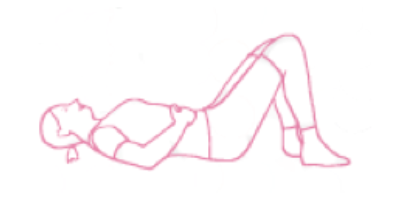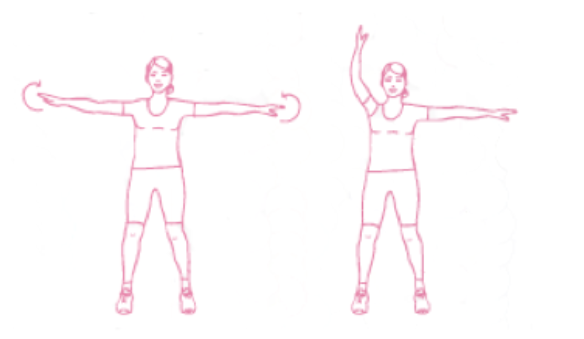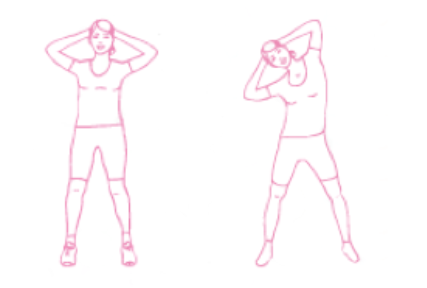Week 1
Take it easy as much as possible. Focus your attention on yourself and your baby and leave the rest to others. Taking it easy gives your pelvic floor muscles, your pelvis, your abdominal muscles and the surrounding area the time they need to recover.
THE PELVIC FLOOR
After pregnancy/delivery, it is important to train your pelvic floor muscles daily. These muscles have had to endure a lot during pregnancy and especially after a vaginal delivery. This is why the stability and strength of the pelvic floor have reduced. Just like after an operation or an injury you can help these muscles recover by training and a gentle build-up in load.
In this video series, we explain why this is important and how you can do this!
- The pelvic floor, what is it?
- Why is training the pelvic floor important after pregnancy?
- How do I contract my pelvic floor?
- Check if you’re making the right contraction
DIASTASIS
After pregnancy, many women have complaints as a result of the separation between the two parts of the straight abdominal muscle. We call this a diastasis.
It is important to regain good function of the core muscles in order to recover from a diastasis. To do this, it helps to be able to contract the deep transverse abdominal muscle, or transversus abdominis, and to integrate using it in all daily activities. Because the deep transverse abdominal muscle and the pelvic floor are part of the core and work together, a contraction of one stimulates a contraction of the other. So by training the deep transverse abdominal muscle, you are strengthening your core. You can do the exercise below right after delivery. You can start training this muscle straight away:

Lie on your back with your knees bent, your back and pelvis in a neutral position and keep a slight curve in your lower back.
Breath out, contract the pelvic floor to create tension in the deep transverse abdominal muscle. This is a slight tension which you can feel in the lower abdomen.
Hold this tension for one to two seconds and then relax for five seconds.
Repeat ten times. Want to build up? Do three sets of ten repetitions.
If the diastasis doesn’t recover enough after delivery, complaints arise and the exercise above doesn’t help enough, we advise you to contact a specialised pelvic physiotherapist. He/she can perform measurements and you will get specific exercises to help your core muscles work together.
In this video series, we explain why core training is so important after childbirth, what a diastasis is and how you can get started with it!


